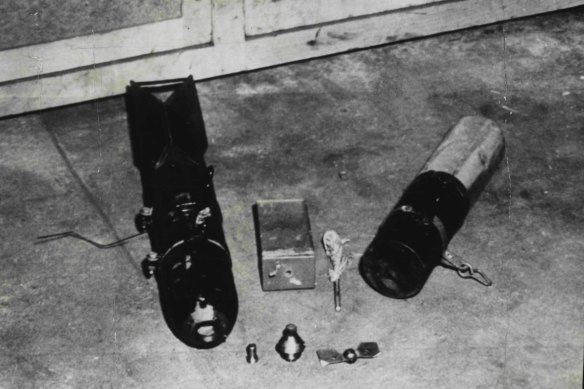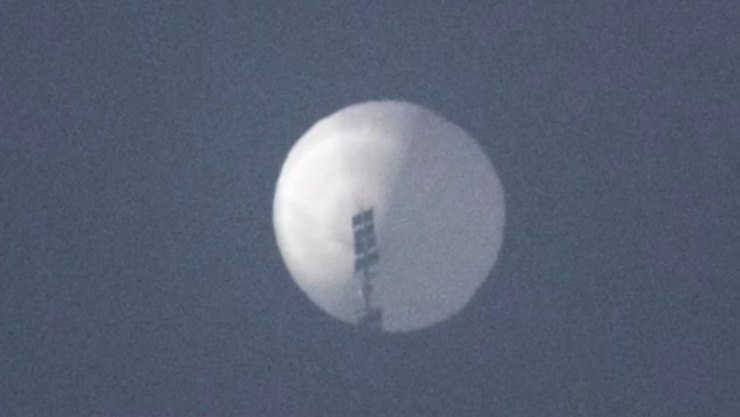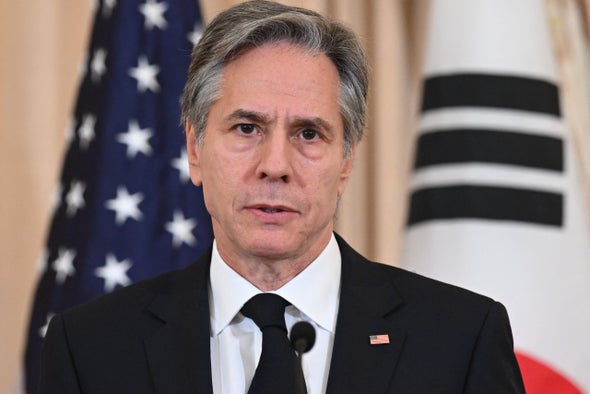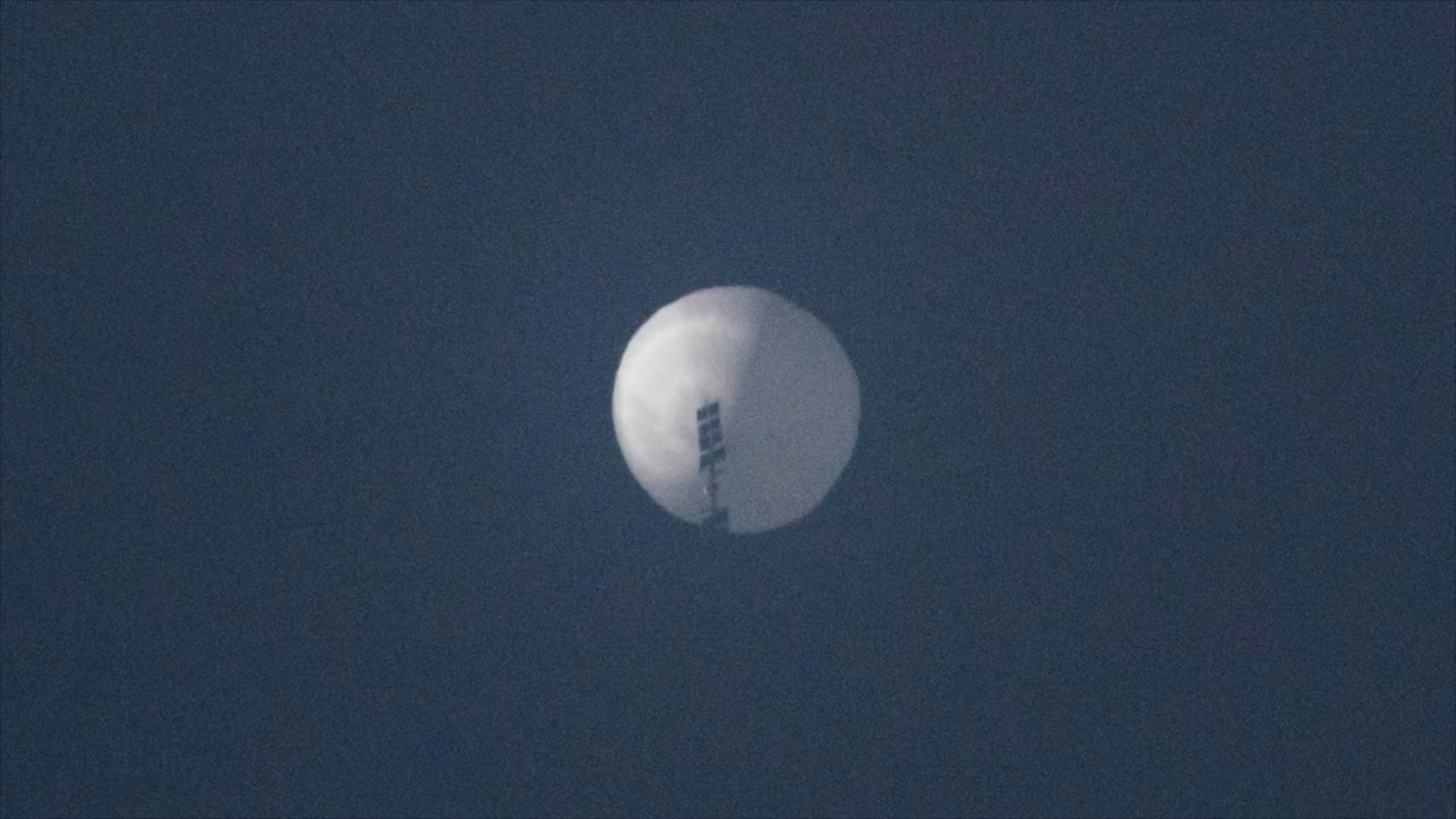Government’s official advisors say ‘lack of leadership’ has left UK unprepared for climate change
The Climate Change Committee says that around £10 billion a year of “essential” new investment is needed — but that “adaptation in the UK remains chronically underfunded and overlooked”.
The government’s independent climate advisors have said that a lack of political leadership has left the UK unprepared for climate impacts already hitting the country.
In a report published today, the Climate Change Committee (CCC) said that around £10 billion of new investment each year will be needed to ready the UK for increased extreme weather wrought by the climate crisis.
Baroness Brown, Chair of the CCC’s Adaptation Committee, said: “It is no secret that the UK is now experiencing a range of damaging consequences of climate change, but adaptation in the UK remains chronically underfunded and overlooked. This must change.”
The CCC told Channel 4 News that comparisons to current spending are impossible due to a lack of data and even a clear plan from the government on what adapting to climate change means.
Richard Millar, Head of Adaptation at the CCC, said: “Understanding the current scale of investment in adaptation required across the UK is challenging. There isn’t authoritative information on what is being spent in the public or private sector. This leaves a clear lack of data and understanding on how big the gaps in adaptation spending are.”
The report criticised both the lack of direct government infrastructure funding and what the CCC sees as missed opportunities to leverage private finance on adaptation.
In response to the report the government said: “We are taking clear and decisive action on climate adaptation including record investment in flood defences along with changing building regulations to make sure new homes are resilient to a changing climate.”
What’s needed
The CCC report said that flooding is one of the few areas where central government spending is keeping up with the climate crisis.
The Environment Agency has indicated that around £1 billion each year is needed to be spent on flood management, including new flood defences. The CCC said that the government’s current budgeting is broadly meeting that.
But other areas are extremely lacking, the CCC said. Profound changes are needed in retrofitting homes to become more resilient, upgrades to the public water system to prepare for both floods and droughts, and nature restoration which can have a wide ranging role in protecting the UK from extreme weather.
The CCC said that regulators such as Ofgem and Ofwat should have adaptation targets and measures streamlined across how they work with industry, too.
The government is expected to publish a new National Adaptation Programme this summer. The CCC says this should include better definitions of what adaptation means for the UK, targets and metrics for how to achieve it, and plans for how to integrate these across different areas of policy making.
Impacts hitting harder
Evidence is mounting of the climate impacts already hitting the UK and other temperate countries that are relatively better protected than the global south.
In a separate scientific paper published in the medical journal the Lancet today, researchers found that thousands may be dying across Europe each year due to a phenomenon called the urban heat island effect.
This describes how temperatures in cities and towns are higher than the surrounding area, primarily due to the higher presence of man-made surfaces like concrete, glass and steel, and the lower presence of ground cover from trees.
Using data from 2015 across 93 European cities, the researchers found that 6,700 deaths may have been due to the urban heat island effect — around 4% of all deaths in the summer that year. The study authors said increasing tree coverage to 30% of cities could have prevented a third of these deaths.
In response to the CCC’s report on the UK’s need to better adapt to impacts like this, green campaign group Friends of the Earth said that new funding should focus on increasing urban tree cover to help regulate temperatures in towns and cities, and on better home insulation.
Non-profit thinktank The Energy and Climate Intelligence Unit noted how public services strained under 40°C heat last summer. “Failing to make our country resilient and future proofed to climate change, as best we can, risks our economic wellbeing, health and an escalating bill from the ensuing damage,” it said.
“But these challenges exist overseas too, and it’s worth remembering that we import around a fifth of our rice from Pakistan which saw devastating flooding last year, threatening its agriculture. If we want to limit the risks, we have to look beyond our borders,” it added.































